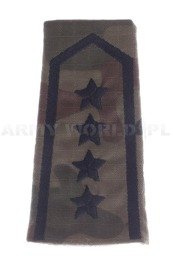TYPES OF MILITARY CAMOUFLAGE

The uses of camouflage are many; during military missions, ASG games, by foresters, mushroom pickers or walkers. Depending on the environment and tactical situations, there are different types of camouflage. A rich array of of camouflage patterns and techniques is designed to to best fit the user into the environment to increase the chance of victory or not to interfere with wildlife terrain. Camouflage is an essential part of any country's military equipment. Masking is used on clothing by the military for concealment, masking equipment and soldiers on the battlefield.
There are two types of camouflage techniques:
- mimetic - is a tactical outfit with a uniform color or consisting of multicolored patches, referring in color to the environment,
- deforming - is designed to break up the silhouette and make identification and direction of movement of the object more difficult. Deformation camouflages usually consist of hundreds of lines and shapes with opposing colors. They base their popularity in the period of the First and Second World Wars.
Research on new and improved camouflage performed by the army and manufacturers continues all the time. Digital technologies create unique camouflage patterns to make camouflage unnoticeable to most people.
Let's start by discussing the camouflages of the Polish army:
EN Camo // WZ.93
The current camouflage of the Polish Armed Forces is a combination of green, brown, black colors in the form of irregular patches on a gray-green background. Masking was constructed based on the analysis of Polish forests. The Polish Panther was introduced into the uniform in 1993.
Desert panther - EN Desert
Due to the change and increase in military operations in desert areas in Iraq or Afghanistan, a desert version of the WZ has swept into Polish uniforms.93. PL Desert camouflage was introduced in 2002. The pattern remained the same, but the colors were changed to beige, brown, gray-green and green.
MAP
The most popular design that has been proposed for the Polish army. In 2012 the camouflage was constructed, while in 2017 the. presented at MSPO in Kielce. The color scheme is identical, but the predominant color is green in a more intense version. The pattern is much more advanced and mimetic. The project was very positively received, but not approved for use in the Polish Army or WOT. The camouflage has made its way to the civilian market and the garment is now produced by Maskpol.
On offer at ArmyWorld.pl you can find a large cross-section of urban and military camouflages. The types of camouflage listed below are just the most common examples, there are many other designs and combinations to suit different terrain and combat situations. It is important that the camouflage is tailored to the specific environment in which the user operates to increase the chances of successfully hiding from the enemy.
Woodland
One of the most popular camouflages around the world. The American design has been applied in dozens of countries around the world. Extremely versatile pattern in combination with green, brown, beige and black, creates the perfect deformation camouflage for the temperate zone. Dissemination of the design has resulted in it being used repeatedly in clothing civilian.
DPM Woodland
British 4-color camouflage including black, green, brown and earthy beige. The DPM Woodland camouflage version also lived to see a desert version - the DPM Desert. Two-color desert camouflage consists of beige and light brown. DPM camouflage is used in several armies, while in the British Army it has been successively since 2010 replaced by mTP (Multi-Terrain Pattern) camouflage.
MTP (Multi-Terrain Pattern)
Successor to the iconic DPM, similar at first glance to the Multicam - developed by the same developers (Crye Precision LLC). Prevalence of beige and brown color and shape of stains similar to those in the DPM, are features that will distinguish the two camouflages. MTP camouflage is designed to camouflage in desert as well as forest areas.
Multicam
An improved version of the former Scorpion camouflage, which has been superseded by the Pikles' UCP (Universal Camouflage Pattern). The splendor of this design did not last very long due to poor performance. After 6 years, the previously rejected Multicam was introduced into the US armed forces in 2010. Three colors; beige, brown and green with different shades in a configuration of small spots allows it to effectively blend in with the surroundings. Over time, due to different terrain conditions, variations of Multicam were created, i.e. Tropic (forest), Arid (desert), Alpine (winter) and Black (night).
Flecktarn
German five-color camouflage. Bundeswehrand still uses this design and the desert version of Tropentarn today. The choice of colors and the arrangement of stains works well in European forests and during hunting or paintballing.
A-Tacs
A whole collection of American digital camouflage with scattered edges. Characterized by the impression of fog. A-tacs AU-X (A version adapted for earthy trenches), A-tacs FG / Fg-Cam (forested, shaded areas), A-tacs Ghost (night), A-tacs IX (a combination of AU and FG versions), A-tacs LE (highly urbanized areas).
Recommended

Military T-shirt PL Camo Short Sleeves Mil-tec New
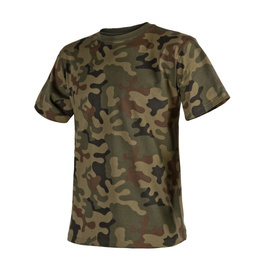
T-shirt Classic Army Helikon-Tex PL Camo (TS-TSH-CO-04)
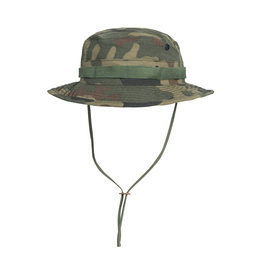
Military Hat "Boonie Hat" PolyCotton Ripstop Helikon-Tex wz. 93 PL Camo (KA-BON-PR-04)
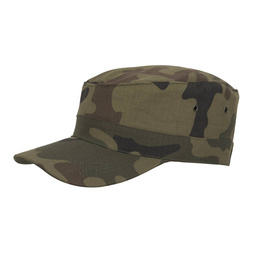
Patrol Cap Helikon-Tex PL Camo (CZ-COM-PR-04)

Shirt Special Forces Uniform SFU Helikon-Tex Ripstop PL Camo
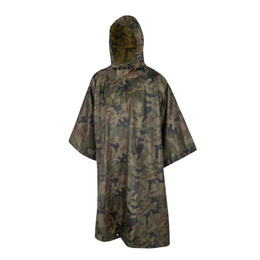
Rainproof Poncho Ripstop Helikon-Tex PL Camo (PO-MUS-PO-04)

Shirt CPU (Combat Patrol Uniform) PolyCotton Ripstop Helikon-Tex PL Camo WZ 2010 MON (BL-CPU-PR-04)

Trousers CPU (Combat Patrol Uniform) Ripstop Helikon-Tex PL Camo WZ 2010 MON (SP-CPU-PR-04)

British Military Trousers DPM DESERT WINDPROOF Original New

Watch Cap Fleece Helikon-Tex PL Camo - WZ93 (CZ-DOK-FL-04)
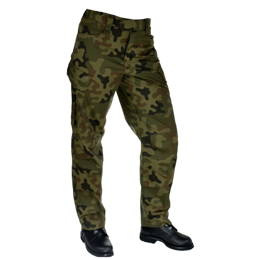
Spodnie Dziecięce Taktyczne Twill Junior PL Camo Wz.93
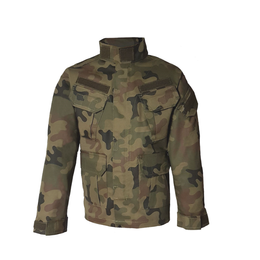
Tactical Children's Shirt Junior Twill Pl Camo Wz.93

Polar Wojskowy Taktyczny Model Wz. 93 Czarny / PL Woodland

Fleece Jacket Liberty 390g Helikon-Tex PL Camo (BL-LIB-HF-04)
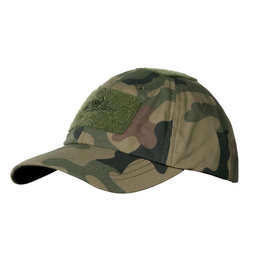
Baseball Cap Ripstop Helikon-Tex Pl Camo (CZ-BBC-PR-04)

Fleece Jacket New Infantry Helikon-Tex PL Camo - Black (BL-INF-HF-17)
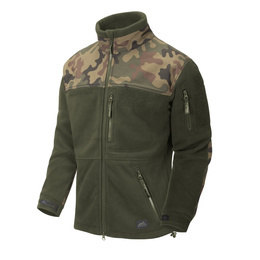
Fleece Jacket New Infantry Helikon-Tex PL Camo - Olive (BL-INF-HF-18)
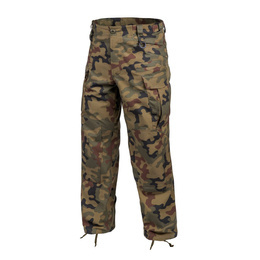
Cargo Trousers SFU NEXT PolyCotton Ripstop Helikon-Tex PL Camo (SP-SFN-PR-04)
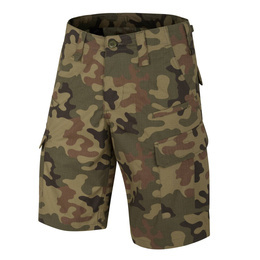
Bermuda Shorts CPU Helikon-Tex Ripstop PL Camo (SP-CPK-PR-04)
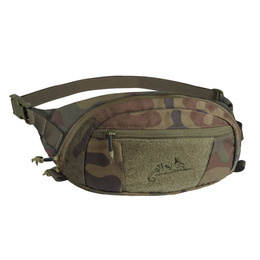
Waist Pack Bandicoot Cordura® Helikon-Tex PL Camo (TB-BDC-CD-04)

Military Hat Model CPU - PolyCotton Ripstop - Helikon-Tex PL Camo (KA-CPU-PR-04)
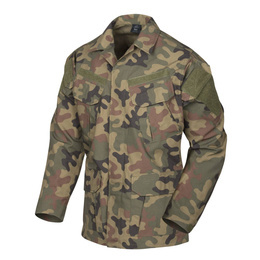
Shirt SFU NEXT PolyCotton Ripstop Helikon-Tex PL Camo (BL-SFN-PR-04)
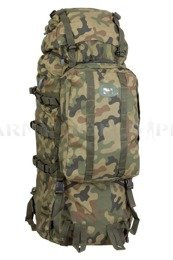
Zasobnik Piechoty Górskiej 987/MON + Plecak Patrolowy PL Camo Oryginał Nowy

Baseball Folding Cap Helikon-Tex PL Camo (CZ-BBF-PR-04)
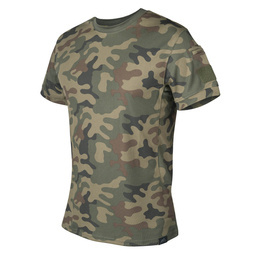
Thermoactive T-Shirt Helikon-Tex Tactical TopCool Pl Camo (TS-TTS-TC-04)
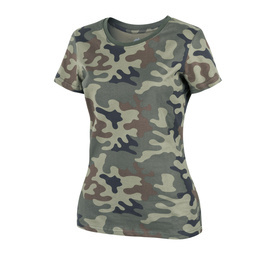
Women's T-shirt Helikon-Tex Pl Camo (TS-TSW-CO-04)

Military Backpack Wisport Whistler II 35 Litres WZ 93 (WHIWZ)
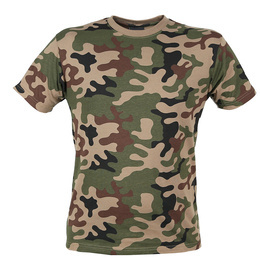
T-shirt Texar Pl Camo
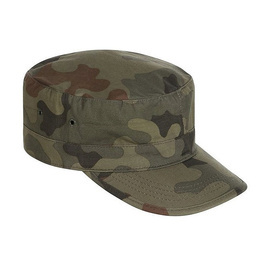
Patrol Adjustable Cap Texar Pl Camo New (04-CARE-HE)
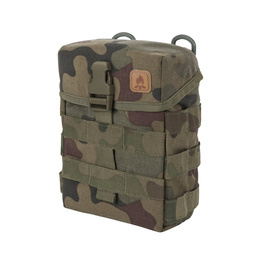
Pouch E&E Cordura Helikon-Tex PL Camo (MO-U03-CD-04)
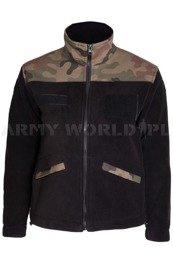
Fleece Jacket For Kids Junior Black / Wz .93 New
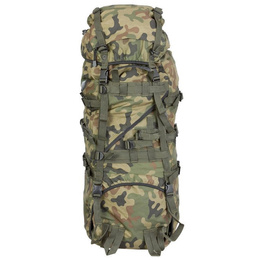
Zasobnik Piechoty Górskiej 987/MON PL Camo Oryginał Nowy
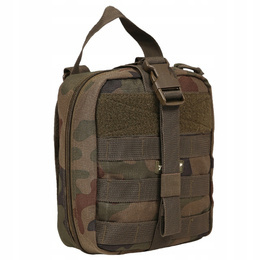
Kieszeń Taktyczna MB-10 Texar Pl Camo (48-MB10-PO)

Shemegh / PLO Shawl Texar Night Camo New (04-PLO-HE)
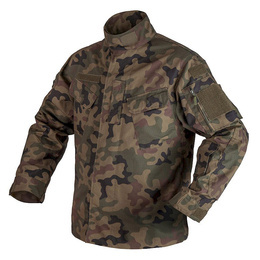
Jacket WZ10 Texar Rip-stop PL Camo New (03-WZ10R-CO)
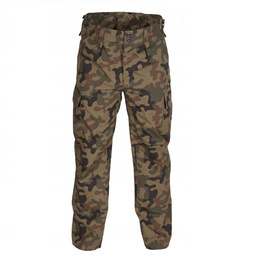
Trousers Wz10 Ripstop Texar PL Camo (01-WZ10R-PA)
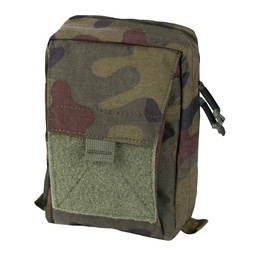
Pocket Urban Admin Pouch® Cordura® Helikon-Tex PL Camo (MO-O03-CD-04)
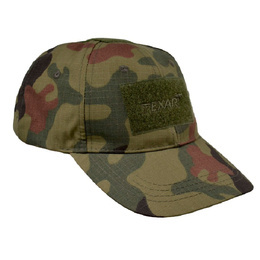
Baseball Cap Texar PL Camo New (04-CATA-HE)
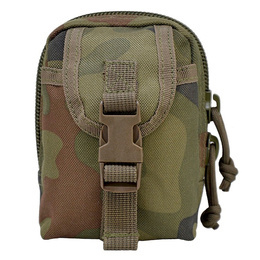
Tactical Pouch MB-05 Texar Pl Camo New (48-MB05-PO)
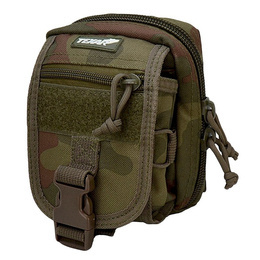
Tactical Pouch MB-03 Texar Pl Camo New (48-MB03-PO)
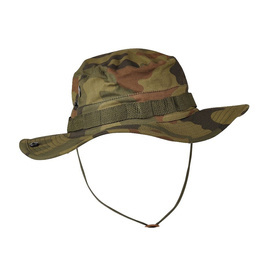
Jungle Hat Texar Ripstop Pl Camo New (05-HAT-HE)
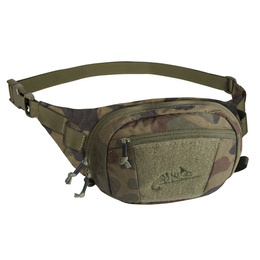
Waist Pack POSSUM® Cordura® Helikon-Tex Pl Camo (TB-PSM-CD-04)
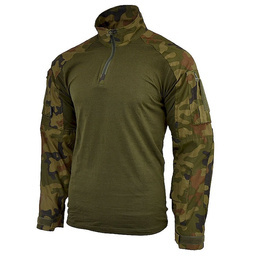
Combat Shirt Texar Pl Camo New (30-CMB-SH)
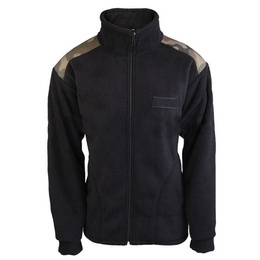
Polar Wojskowy Męski Czarny / PL Camo Wz .93
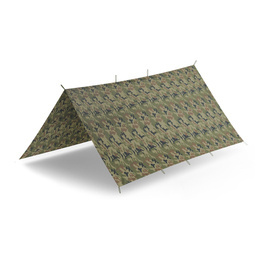
Supertarp Polyester Ripstop Helikon-Tex Pl Camo (PO-STP-PO-04)
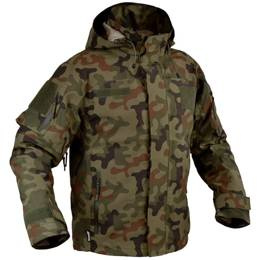
Kurtka Wodoodporna Conger Texar Pl Camo (02-CNG-CO)

Sniper Backpack Shotpack Wisport 65 Litres wz. 93 (SHOWZ)

Military Backpack WISPORT Sparrow II 20 Full Wz.93 Pl Camo (SPA20WZ)
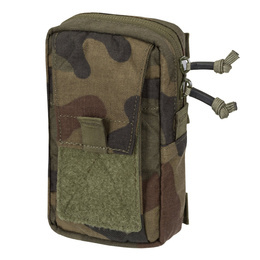
Pocket NAVTEL Pouch® Cordura® Helikon-Tex Pl Camo

FSweatshirt For Kids Junior Pl Camo New

System Hydracyjny 3l Mil Spec Antidote CamelBak® + ThermoBak Pokrowiec PL Camo Oryginał Nowy
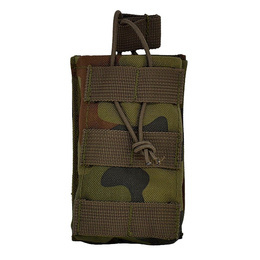
Mag PouchTexar Pl Camo New (48-MP1-PO)

Triple Mag Pouch Texar Pl Camo New (48-MP3-PO)

Childish T-shirt Military T-shirt Short Sleeves Pl Camo / wz. 93 New
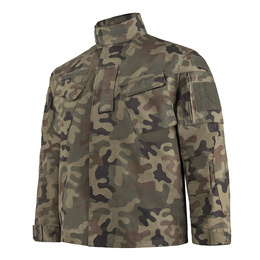
Shirt WZ10 Texar Twill PL Camo New (03-WZ10-CO)

Map Case Helikon-Tex PL Camo (MO-MPC-CD-04)
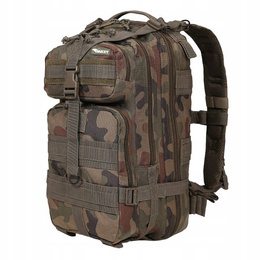
Plecak Assault TXR 28 Litrów Texar Pl Camo (38-BTX-BP)
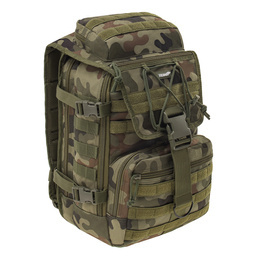
Backpack Traper 35 Liters Texar PL Camo (38-BTR-BP)

Kurtka Hardshell Comodo Texar Pl Camo (02-COM-CO)

Waterproof Jacket Grom Texar Pl Camo New (02-GRO-CO)

Pagony Żołnierza Wojska Polskiego Polowe - Stopnień Chorąży Sztabowy - Tłoczone PL Camo Oryginał Nowe

Military Backpack WISPORT Reindeer 75 FULL PL Camo wz. 93 (R75WZF)

Polar Grom Texar Czarny/Pl Camo (03-FLG-CO)

Manierka + Pokrowiec PL Camo Texar (34-CNT-AC)

Pagony Żołnierza Wojska Polskiego Polowe - Stopnień Chorąży - Wyszywane PL Camo Nowe

Military Backpack WISPORT Sparrow II 30 Full Pl Camo wz. 93 (SPA30WZF)

Peleryna Przeciwdeszczowa - Poncho Ripstop Texar Pl Camo (18-PORC-RG)
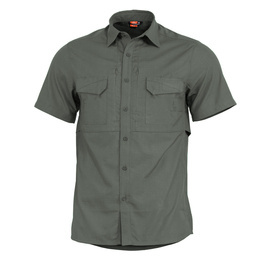
Tactical Shirt Plato Pentagon Camo Green New

Military Backpack Wisport ZipperFox 40 Litres FULL PL Camo wz. 93 (ZIPWZF)
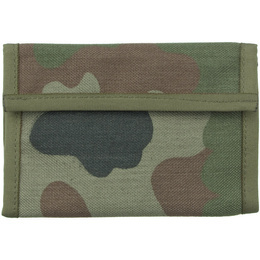
Wallet Lizard Wisport PL Camo wz. 93 (LIZWZ)

Combat Shirt® MCDU Helikon-Tex Multicam® / Coyote (BL-MCD-NR-3411A)

Maseczka Ochronna Wielorazowa PL Camo

Set Of Compression Pockets Organiser Pakcell Set Helikon-Tex Pl Camo (MO-O07-PO-04)
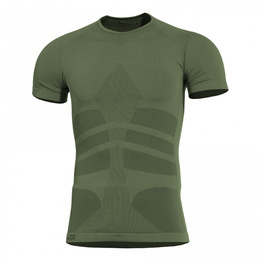
T-shirt Termoaktywny Plexis Pentagon Camo Green
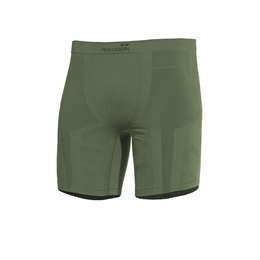
Szorty Termoaktywne Plexis Pentagon Camo Green
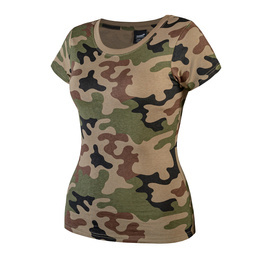
T-shirt Damski Texar Pl Camo (30-TSHCW-SH)
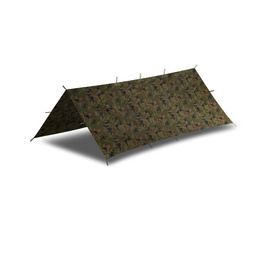
SuperTarp SMALL® Polyester Ripstop 2 x 2.5 m Helikon-Tex PL Camo (PO-STS-PO-04)

Kurtka Reverse Texar Pl Camo / Olive (02-REV-CO)
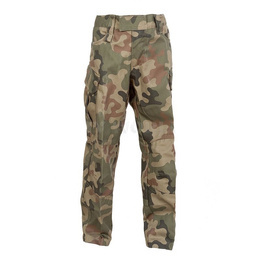
Spodnie Dziecięce Taktyczne Ripstop Junior PL Camo Wz.93

Tactical Children's Shirt Junior Pl Camo Wz.93
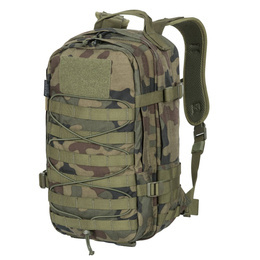
Plecak Taktyczny Helikon-Tex Raccoon Mk2 (24l) Cordura® PL Woodland (PL-RC2-CD-04)
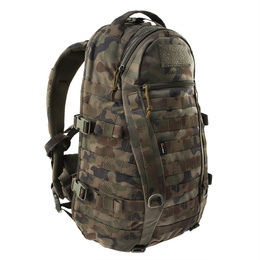
Military Backpack WISPORT Caracal 25 Full PL Camo wz. 93 (CARWZF)

Koszula Taktyczna Pod Kamizelkę Combat Shirt Koszulobluza PL Camo Oryginał Nowa

Tactical Shirt Plato Pentagon Camo Green New
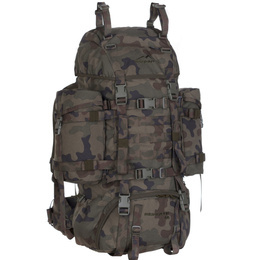
Military Backpack WISPORT Reindeer 55 Full PL Camo wz. 93 (R55WZF)
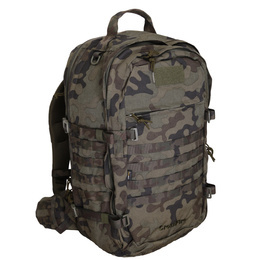
Backpack / Bag Military Wisport Crossfire 45-65 Litres Full PL Camo wz. 93 (CROWZF)
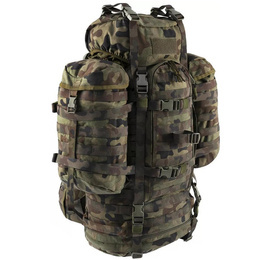
Military Backpack Wisport Crafter 65 Litres Full PL Camo wz. 93
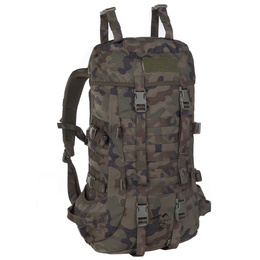
Military Backpack Wisport Silver Fox II 40 Litres Full PL Camo wz. 93 (SIL2WZF)

Trousers SFU NEXT Mk2® - PolyCotton Stretch Ripstop Helikon-Tex Pl Camo (SP-SN2-SP-04)
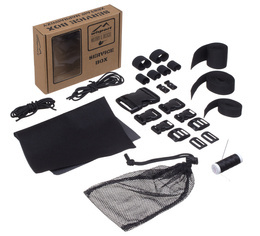
Service Box Wisport Full Pl Camo wz. 93 (SERWZ)

Military Backpack WISPORT Sparrow II 30 MAPA

Plecak Grizzly 65 Litrów Texar PL Camo (38-BGRI-BP)
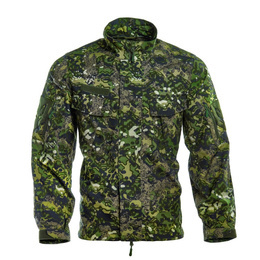
Shirt Maskpol MAPA (CJ-01)
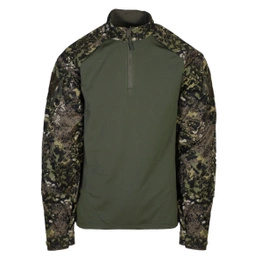
Combat Shirt Maskpol MAPA (CS-01)
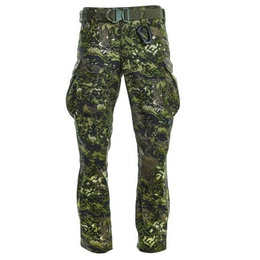
Trousers Maskpol MAPA (CP-01)
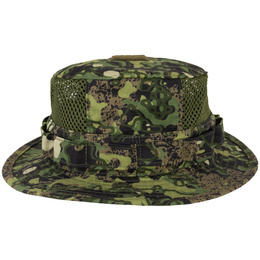
Hat Maskpol MAPA (NHM-02)

Combat Shirt® MCDU Helikon-Tex Pl Camo (BL-MCD-NR-0402A)
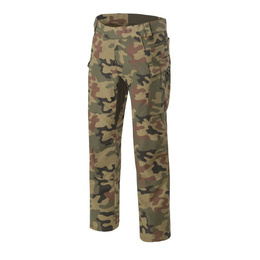
Trousers MBDU Helikon-Tex NyCo Ripstop Pl Camo (SP-MBD-NR-04)
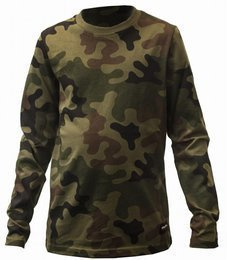
Koszulka Dziecięca z Długim Rękawem Junior Wz.93

Kangurka Dziecięca Junior Pl Camo
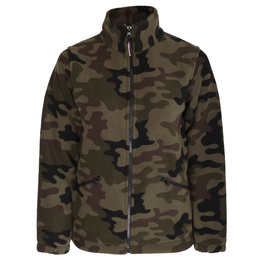
Polar Dziecięcy Junior Pl Camo

Kieszeń Taktyczna MB-12 Texar Pl Camo (48-MB12-PO)
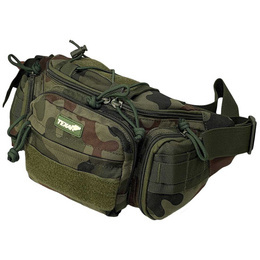
Waist Bag Texar Pl Camo

Shirt MBDU Nyco / Ripstop Helikon-Tex PL Camo (BL-MBD-NR-04)
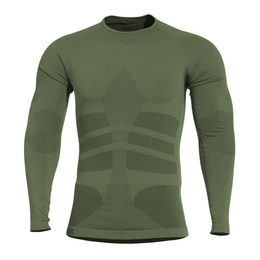
Plexis Thermal Sweatshirt Pentagon Camo Green (K11010)
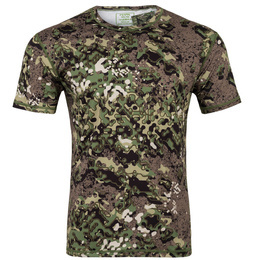
Thermoactive T-Shirt Maskpol MAPA (TTM-01)
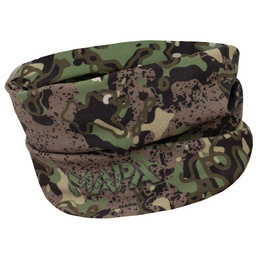
Komin / Chusta Wielofunkcyjna Maskpol MAPA (STM-01)

Backpack Mapa City 18 Litres Cordura Map Maskpol
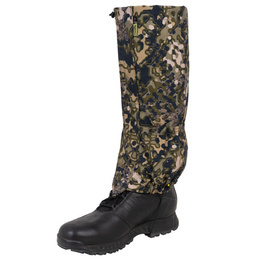
Gaiters Maskpol MAPA
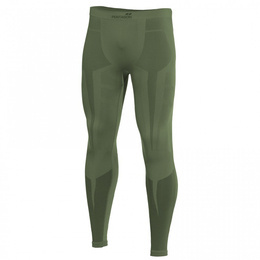
Thermoactive Leggings Pentagon Plexis Camo Green

Pokrowiec Na Mapę/ Mapnik Maskpol Mapa (MP-01)

Maskpol MAP Dump Bag (TM-04)
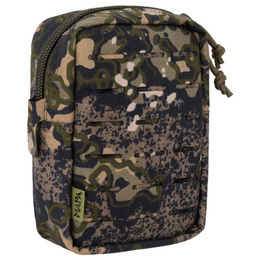
Cargo Pocket Maskpol MAPA (TM-05)
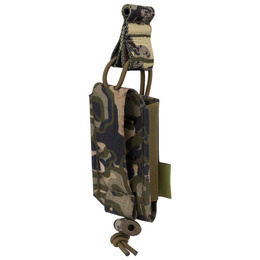
Ładownica Pistoletowa Maskpol Mapa (TM-07)
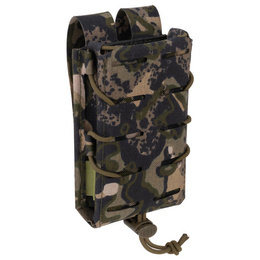
Ładownica Karabinowa Maskpol Mapa (TM-08)

Kieszeń Na Radio Maskpol Mapa (TM-09)
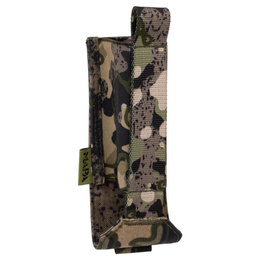
Kieszeń Na Stazę Maskpol Mapa (TM-10)

Folding Seat / Protective Mat Maskpol Mapa (TM-11)

Tactical Velcro Belt Maskpol MAPA (TM-02+TM-03)
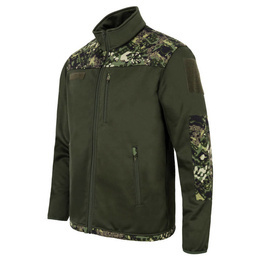
Kurtka SoftShell Maskpol Mapa (SMM-01)
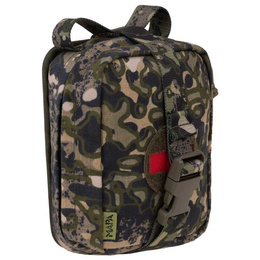
Teared First Aid Kit Maskpol Mapa (TM-06)

Military Backpack Wisport ZipperFox 25 Litres MAPA

Military Backpack Wisport ZipperFox 25 Litres Full PL Camo (Z25WZF)
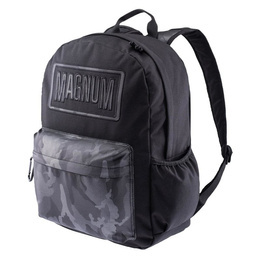
Backpack Corps Magnum 25 Litres Black Silver Camo

Military Trousers Junior PL Camo

Shorts Junior PL Camo

Maskpol Tactical Vest With Backpack MAPA (TMP-02)

Thermoactive T-Shirt Maskpol MAPA (TTM-02)
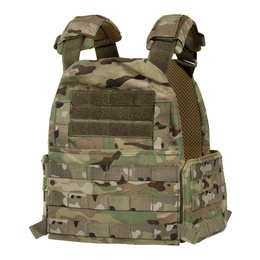
Kamizelka Taktyczna Plate Carrier Maskpol Multicam (TMP-MC-03)

Plecak Wisport Raccoon 85 Litrów Wz.93 Full Camo (R85)
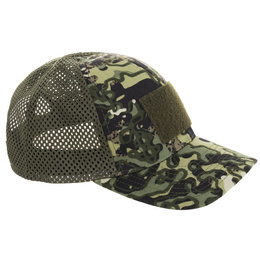
Baseball Cap Truck Maskpol MAPA / Olive (TH-02)

Bluza Polowa Dziecięca Ripstop Junior PL Camo

Spodnie Polowe / Bojówki Dziecięce BDU Ripstop PL Camo

Rękawice Taktyczne Combat Texar Pl Camo (09-CMB-GL-PL)

Bergen Backpack 18 Litre Helikon-Tex Night Camo (PL-BGN-CD-0L)
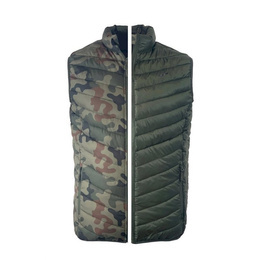
Bezrękawnik Reverse Texar Pl Camo / Olive (06-VREV-CO-OP)

Yeti Military Wisport Gaiters Cordura Mapa

Women's Jacket Helikon-Tex Gunfighter Shark Skin Windblocker PL Camo (KU-GUW-FM-04)

Balaclava Maskpol MAPA (KM-01)

Kamizelka Taktyczna Chest Rig Maskpol MAPA (CL-01)
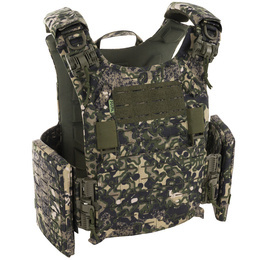
Kamizelka Taktyczna Maskpol Rock One MAPA (TMR-01)
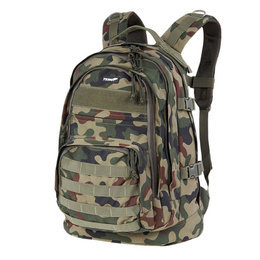
Plecak 36 Litrów Cadet Pl Camo (38-BCAD-BP-PL)

Plecak 85 Litrów Max Pack Mc Camo (38-BMAX-BP-MC)
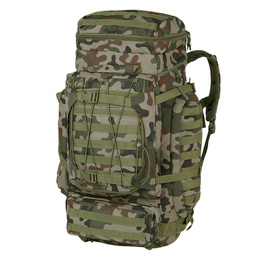
Plecak 85 Litrów Max Pack PL Camo (38-BMAX-BP-PL)
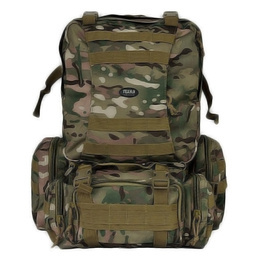
Plecak Camper 60 Litrów MC Camo (38-CAM-BP-MC)

Plecak Camper 60 Litrów PL Camo (38-CAM-BP-PL)

Torba Commander Texar PL Camo (43-COM-BA-PL)
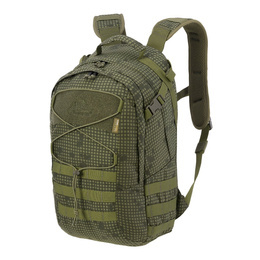
Backpack EDC (21l) Helikon-Tex Cordura Desert Night Camo (PL-EDC-CD-0L)
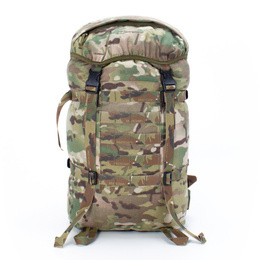
Plecak Munro II Berghaus SF Camo Multicam

Plecak Patrol 40 Litrów Cordura Maskpol Ranger Green

Spodnie Mundurowe PRO Maskpol MAPA (CPP-02)
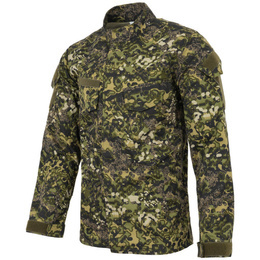
Bluza Mundurowa PRO Maskpol MAPA (CJP-02)

Rifle Case 100 II Wisport Full Pl Camo
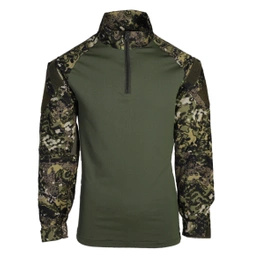
Koszula Taktyczna Combat Shirt M2 Maskpol MAPA (CS-02)

Carbine Sling MIRAGE Helikon-Tex PL Woodland (ZW-MCS-NL-04)
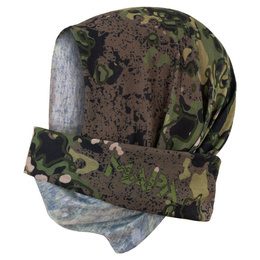
Szalokominiarka / Chusta Wielofunkcyjna Maskpol MAPA (STM-03)
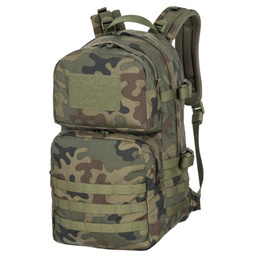
Backpack RATEL Mk2 (25l) Cordura® Helikon-Tex PL Woodland (PL-RT2-CD-04)
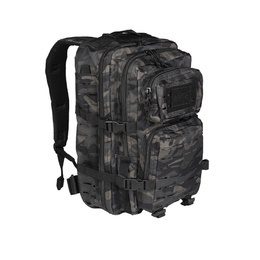
Backpack Model US Assault Pack LG (36l) LASER CUT Mil-tec Dark Camo (14002780)
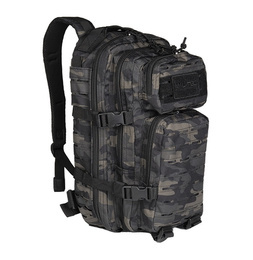
Backpack Model US Assault Pack SM (20l) LASER CUT Mil-tec Dark Camo (14002680)

Backpack Model US Assault Pack LG (36l) Mil-tec Dark Camo (14002280)

Backpack Military Sparrow 303 30 Litrów Wisport WZ-93 FULL CAMO
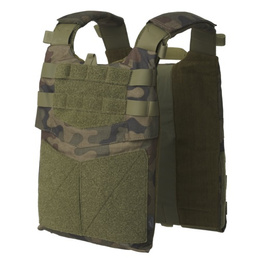
Tactical Vest Guardian Plate Carrier Helikon-Tex PL Camo (KK-GPC-CD-04)
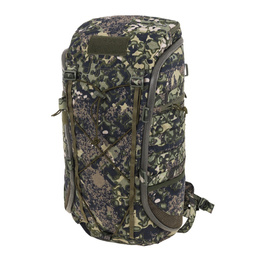
Patrol Backpack 40 Liters Cordura Maskpol MAPA

Guardian Admin Pouch Helikon-Tex PL Woodland (MO-GAP-CD-04)

Pistol Magazine Pouch Helikon-Tex PL Woodland (MO-GPP-CD-04)
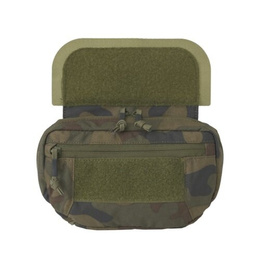
Pouch Guardian Dangler Helikon-Tex PL Woodland (MO-GDP-CD-04)

Double Horizontal Pouch Helikon-Tex PL Woodland (MO-GDH-CD-04)

Triple Magazine Pouch Guardian Flap Helikon-Tex PL Woodland (MO-G3F-CD-04)

Backpack Guardian Smallpack Helikon-Tex PL Woodland (PL-GSP-CD-04)

Mini Pouch Helikon-Tex PL Woodland (MO-GMP-CD-04)
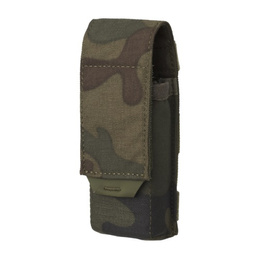
Tourniquet Pouch Helikon-Tex PL Woodland (MO-GTP-CD-04)

Smoke Grenade Pouch Helikon-Tex PL Woodland (MO-GSG-CD-04)
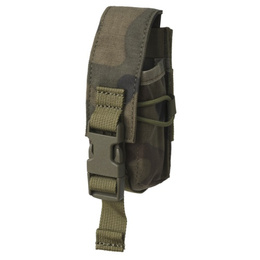
Flash Grenade Pouch Helikon-Tex PL Woodland (MO-GFG-CD-04)
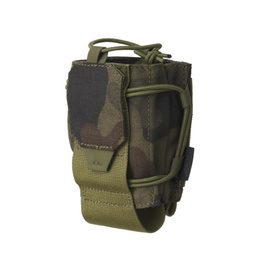
Radio Pouch Helikon-Tex PL Woodland (MO-GRP-CD-04)
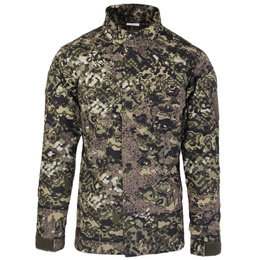
Bluza Mundurowa Maskpol MAPA B (CJ-02)
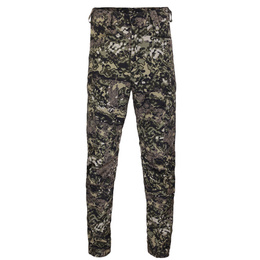
Spodnie Mundurowe Maskpol MAPA B (CP-02)


